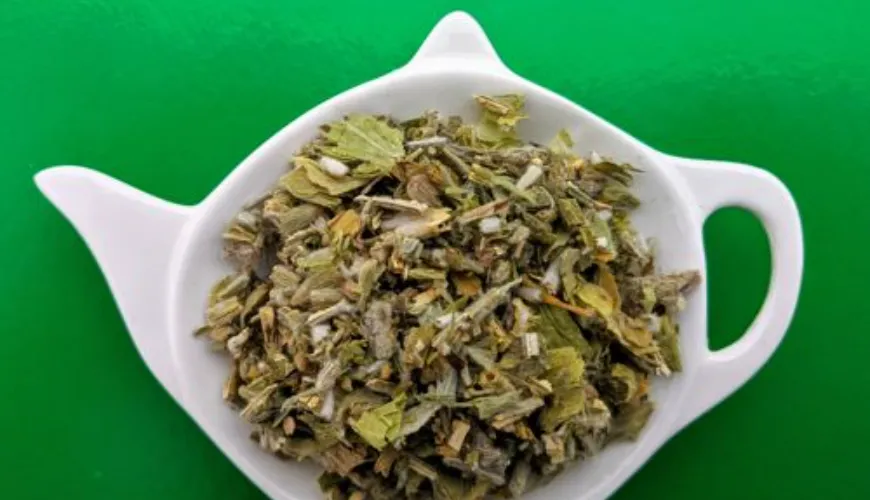
Discover the benefits of buckwheat for your health

Pohanka is an exceptional pseudocereal that is gaining popularity due to its rich nutritional values and versatile use in the kitchen. This gluten-free superfood, which belongs to the pseudocereals such as quinoa or amaranth, is a valuable source of protein, fiber, vitamins, and minerals. In this article, we will explore why buckwheat should be included in your diet and its health benefits.
Nutritional Properties of Buckwheat
Buckwheat is not only tasty but also very healthy. It contains approximately 11% protein, which is more than most cereals. This protein has a high biological value due to the optimal ratio of amino acids. Buckwheat is also rich in fiber, which supports digestive health. It contains both types of fiber, soluble and insoluble. Soluble fiber serves as food for beneficial bacteria in the gut microbiome.
Other important nutrients found in buckwheat include minerals such as zinc, copper, selenium, and manganese. In terms of vitamins, it particularly contains B vitamins (B1, B2, B3), E, and C. Buckwheat is also known for its high content of rutin, which strengthens blood vessels and increases their elasticity. Rutin works together with vitamin C and together they act as strong antioxidants.
Health Benefits of Buckwheat
Buckwheat is popular not only for its nutritional values but also for its medicinal properties. Due to its rutin content, it helps in the prevention and treatment of varicose veins, broken capillaries, and a tendency to bleed. Rutin also supports healthy circulatory system function and may help alleviate symptoms of heavy menstruation.
Another advantage is that buckwheat is gluten-free, making it an ideal food for people with celiac disease or those trying to reduce gluten intake. Its high fiber content promotes healthy digestion and may help regulate blood sugar levels.
Buckwheat also contains antioxidant compounds that can protect the body from oxidative stress and inflammatory processes. Thanks to its flavonoid and other phytonutrient content, buckwheat may contribute to the prevention of chronic diseases, such as heart disease and certain types of cancer.
Buckwheat in the Kitchen
Buckwheat is very versatile and can be easily incorporated into various dishes. It can be used as a side dish instead of rice or pasta, but also as a main ingredient in soups, salads, and porridge. Buckwheat flour is suitable for baking bread and pastries, whether on its own or in combination with other gluten-free flours. There are many ways to prepare and consume buckwheat. Hulled buckwheat is used as groats or cracked buckwheat, buckwheat flakes are ideal for breakfast mixes, and buckwheat flour is excellent for baking. You can also use it as a base for buckwheat pancakes or crepes.
Try making buckwheat risotto with mushrooms and vegetables, buckwheat pancakes filled with fruit, or sweet and savory buckwheat porridge. Buckwheat is also suitable for soups, such as the traditional Slovak soup called "buckwheat soup." For inspiration, you can try buckwheat recipes that include soba noodles, buckwheat fritters, or even buckwheat desserts. A great idea is also buckwheat pesto, which you can use as a pasta sauce or a dip for vegetables.
Buckwheat and Sustainability
Growing buckwheat is environmentally friendly, as it requires fewer chemical sprays and fertilizers than other crops. Additionally, buckwheat has a short growing cycle, making it an efficient and ecologically sustainable crop. Its cultivation contributes to biodiversity and improves soil quality. Buckwheat is primarily grown in Central and Eastern Europe, but its popularity is also increasing in other parts of the world. Due to its relatively low requirements for conditions, it is an ideal crop for sustainable agriculture.
An ecological approach to growing buckwheat also includes crop rotation, which helps maintain soil fertility and reduces the risk of erosion. Buckwheat is often used as a cover crop, meaning it is grown between main crops to improve soil structure and reduce the need for synthetic fertilizers.
Buckwheat Around the World
Buckwheat is very popular worldwide, especially in Asia and Europe. In Japan, it is used to make famous soba noodles, which are favored for their nutritional values and distinctive taste. In Russia and Ukraine, buckwheat is often consumed in the form of porridge called "kasha," which is a staple in many traditional dishes.
In the West, the popularity of buckwheat is growing due to an increasing interest in healthy eating, sustainability, and gluten-free products. Many people are discovering buckwheat as a great alternative to traditional cereals and as part of various dietary plans, including paleo and keto diets. In India, buckwheat is used during fasting and religious festivals when many traditional cereals are prohibited. Here, buckwheat is known as "kuttu" and is a base for dishes such as kuttu ka atta (buckwheat flour) or kuttu ke pakore (buckwheat fritters).
Buckwheat is an Easy Step Toward Improving Diet
Buckwheat is a superfood that definitely deserves a place in your diet. With its nutritional values, health benefits, and eco-friendly cultivation, it is an ideal choice for those seeking healthy and sustainable foods. Whether you use it as a base for main dishes, an ingredient in salads, or for baking, buckwheat will provide you with valuable nutrients and support your health. Try different buckwheat recipes and discover its versatility along with its great taste.
Thanks to the versatility of buckwheat, you can continually experiment with new recipes and preparation methods. Buckwheat will surprise you not only with its health benefits but also with its rich flavor, which will enhance your diet and add a new dimension to it. It doesn’t matter if you are vegan, vegetarian, gluten-free eater, or simply looking for healthier alternatives – buckwheat is a great choice for everyone.

